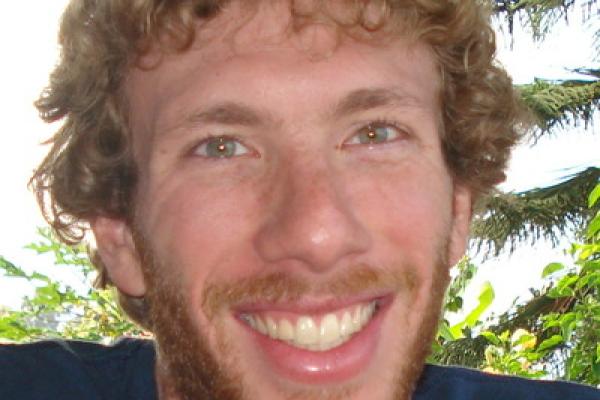
Speaker: David Sivakoff
Title: Neighborhood growth models
Abstract: Neighborhood growth cellular automata were introduced over 40 years ago as easy to describe models that exhibit the complex phenomena of nucleation and metastability. The most well-known of these is the threshold-2 growth model on the 2d integer lattice, wherein an initially occupied set of vertices is iteratively enlarged by occupying all vertices with at least two occupied neighbors. If the initially occupied set of vertices is chosen by randomly including each vertex independently with small probability p>0, then surprisingly all vertices eventually become occupied, but it typically takes exponentially long in (1/p) for the origin to become occupied. I will discuss the history and intuition behind results like these. I will also mention more recent progress on neighborhood growth models where polynomial scaling laws appear and the growth mechanism is quite different, and growth in heterogeneous environments.
Note: Seminars are free and open to the public. Reception to follow.
